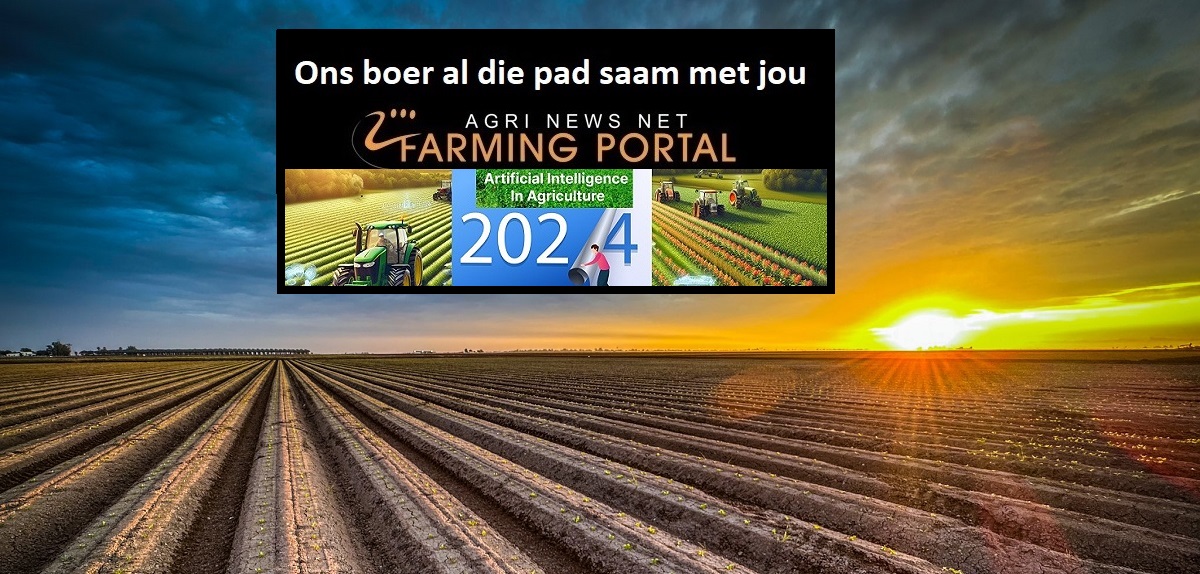With the rising demand for food, agriculture becomes the focus of more and more countries that start recognizing its importance. With climate change and hence, unpredicted weather, farmers are at the mercy of new ways and technologies to help them not only grow food but stay profitable and sustainable while doing so.
One of the innovations the modern world offers is variable rate technology (VRT), also known as variable rate application method. VRT uses data-driven tools like sensors, GPS, and maps to optimize the use of seeds, fertilizers, and irrigation. This allows farmers to tailor their approach to each part of their fields, maximizing yield and reducing waste.
Types of VRT (VRA)
Variable rate application in precision agriculture can be categorized into two primary types: map-based and sensor-based. Each type offers distinct advantages and innovative approaches to enhance farming efficiency and sustainability.
Map-Based VRT operates by using detailed, personalized maps of the farmland. These VRT maps are created using data collected over time, such as soil samples, crop yields, and topographical features. Once the map is established, it guides agricultural machinery to apply seeds, fertilizers, and water precisely where they are needed most. In general, using VRA maps technology ensures that every part of the field receives the optimal amount of resources, reducing waste and increasing productivity.
Sensor-Based VRT, on the other hand, employs real-time monitoring to manage crop needs dynamically. Sensors attached to equipment or placed in the field continuously measure conditions such as soil moisture, nutrient levels, and plant health. This real-time data is then transmitted to control systems, which adjust application rates instantly based on current conditions. Sensor-based VRT enables farmers to respond immediately to the specific needs of their crops, ensuring optimal care and resource use. This adaptive approach provides a high level of responsiveness to changing environmental conditions, enhancing overall crop management.
 Innovations and Trends Shaping the Future
Innovations and Trends Shaping the Future
Both types significantly contribute to advancing agricultural practices. Map-based VRT leverages accumulated data for strategic resource application, while sensor-based uses real-time insights to dynamically optimize plant care. Together, these technologies foster more intelligent, efficient, and sustainable farming.
Benefits of VRT
By precisely applying inputs like fertilizers and pesticides based on soil and crop conditions, farmers optimize resources and reduce environmental impact. This targeted approach not only cuts costs but also boosts productivity, as crops receive exactly what they need to thrive.
Growers benefit from significant cost savings by using inputs more efficiently, applying them only where necessary. Therefore, variable rate technology in precision agriculture promotes environmental sustainability, minimizing nutrient runoff, soil erosion, and pollution, which aligns with the goals of sustainable farming and environmental stewardship.
The power of VRT lies in its data-driven decision-making. Using information from sensors and satellite imagery, farmers can make informed choices about input application, planting, and other farming practices. This leads to more effective and efficient farming in general.
Ultimately, VRT contributes to improved crop quality. By meeting the specific needs of each crop, VRT ensures optimal growth conditions, resulting in better yields and higher quality produce. This technology represents a significant step forward in modern agriculture, combining innovation with practicality to benefit both farmers and the environment.

VRT Market
The global market for variable rate technology in agriculture is experiencing significant growth and transformation. Valued at almost USD 7 billion in 2023, it’s projected to soar to USD 25.43 billion by 2033, according to a research report by Spherical Insights & Consulting. This rapid expansion is driven by major players such as Deere & Company, Trimble Inc., AGCO Corporation, and Topcon Corporation, among others. These companies are at the forefront of integrating advanced technology into farming practices, making agriculture more efficient and sustainable.
The VRT market is divided into three main components: hardware, services, and software. Among these, the hardware segment is anticipated to dominate the market. This segment includes essential tools such as GPS/DGPS receivers, portable computers, sensors, and yield monitors. These technologies are crucial for the precise application of inputs like fertilizers, pesticides, and water, ensuring that crops receive exactly what they need, where they need it. The widespread adoption of these VRT solutions significantly contributes to the market’s expansion, as farmers increasingly recognize the benefits of precision agriculture.
We’ve mentioned that in terms of technology, the market is split into map-based and sensor-based VRT. The map-based segment is expected to contribute the largest share of the market. Map-based VRT uses electronic prescription maps to adjust application rates. These maps are created using GPS data, which helps calculate the necessary input concentrations based on planned speed and field location. By optimizing the application of inputs, map-based VRT helps farmers achieve better yields and reduce waste, making it an invaluable tool in modern farming.
The sensor-based VRT segment, while not as dominant as map-based VRT, is also crucial. It relies on real-time data collected from sensors placed in the field or attached to machinery. These sensors monitor various conditions, such as soil moisture, nutrient levels, and plant health, allowing farmers to make immediate adjustments to their input applications. This dynamic approach ensures that crops receive the right amount of inputs at the right time, further enhancing productivity and sustainability.
When looking at crop types, the global agricultural VRT market is divided into grains and cereals, oilseeds and pulses, fruits and vegetables, commercial crops, and others. Among these, the cereals and grains segment is anticipated to dominate. Cereals like wheat, corn, and rice lead in VRT adoption due to their prevalence on large farms and their significant contribution to the global food supply. VRT optimizes input rates for site-specific field management, reducing environmental impact and enhancing both land and crop yield. This precision in farming not only boosts productivity but also ensures that farming practices are more sustainable, aligning with global efforts to reduce the environmental footprint of agriculture.
















